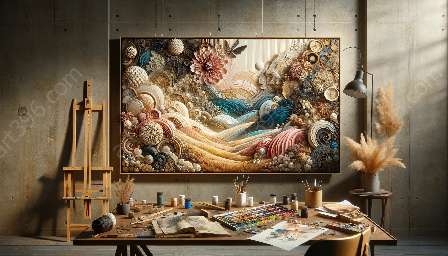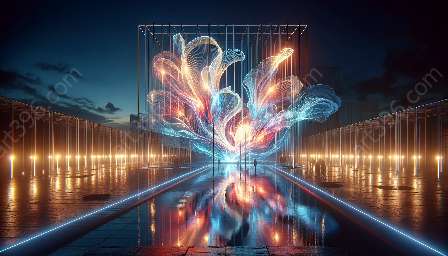Art law is a diverse and complex area that intersects with the worlds of visual art, design, and arts and entertainment. From intellectual property rights to contract law, understanding the legal landscape is crucial for artists, designers, and professionals in the creative industries.
Foundations of Art Law
Art law encompasses a wide range of legal issues, including intellectual property, contracts, licensing, and more. In the context of visual art and design, artists and creators must navigate the intricacies of copyright, trademark law, and moral rights to protect their work and ideas. The arts and entertainment industries also rely heavily on the enforcement of intellectual property laws to safeguard their creative assets.
Intellectual Property
One of the key areas of art law is intellectual property, which includes copyright, trademark, and patent law. In visual art and design, copyright protection is essential for safeguarding original works of art, illustrations, designs, and other creative expressions. Understanding how to secure copyright protection and enforce your rights is critical in the art world, where originality and innovation are highly valued.
Trademark law is also relevant in the context of branding and the commercialization of creative assets. Artists, designers, and entertainment companies often rely on trademarks to protect their logos, brand names, and other distinctive marks that differentiate their products and services in the marketplace.
Contracts and Agreements
Contracts play a pivotal role in the art world, governing relationships between artists, galleries, collectors, and other parties involved in the creation, exhibition, sale, and distribution of art and design. Understanding the legal implications of contracts, including licensing agreements, consignment contracts, and commissioning arrangements, is essential for safeguarding the rights and interests of all parties involved.
Challenges and Opportunities
Art law presents both challenges and opportunities for individuals and businesses operating in the visual art, design, and arts and entertainment sectors. Navigating the legal complexities can be daunting, but it also opens up avenues for collaboration, innovation, and ethical business practices.
Legal Considerations in Entertainment
In the realm of arts and entertainment, legal issues such as rights clearance, licensing agreements, and contracts for creative talent are instrumental in shaping the production, promotion, and distribution of films, music, and other forms of entertainment. Understanding the legal framework enables industry professionals to make informed decisions and mitigate risks associated with intellectual property disputes and contractual conflicts.
Ethical and Moral Concerns
Beyond the legal requirements, art law also encompasses ethical and moral considerations that are integral to the creative process and the presentation of art and design to the public. Issues such as cultural heritage protection, censorship, and freedom of expression often intersect with legal principles, prompting artists, designers, and institutions to engage in discussions about the societal impact of their work and the responsibilities that come with creative freedom.
Conclusion
Art law is a multifaceted field that delves into the legal, ethical, and commercial aspects of visual art, design, and arts and entertainment. By gaining a comprehensive understanding of the legal realities and challenges, individuals and organizations within these industries can leverage the knowledge to protect their creations, foster innovation, and contribute to a vibrant and legally compliant creative ecosystem.



























